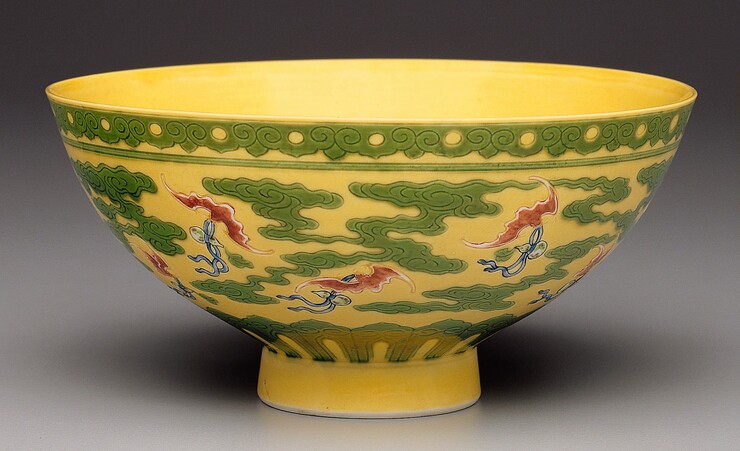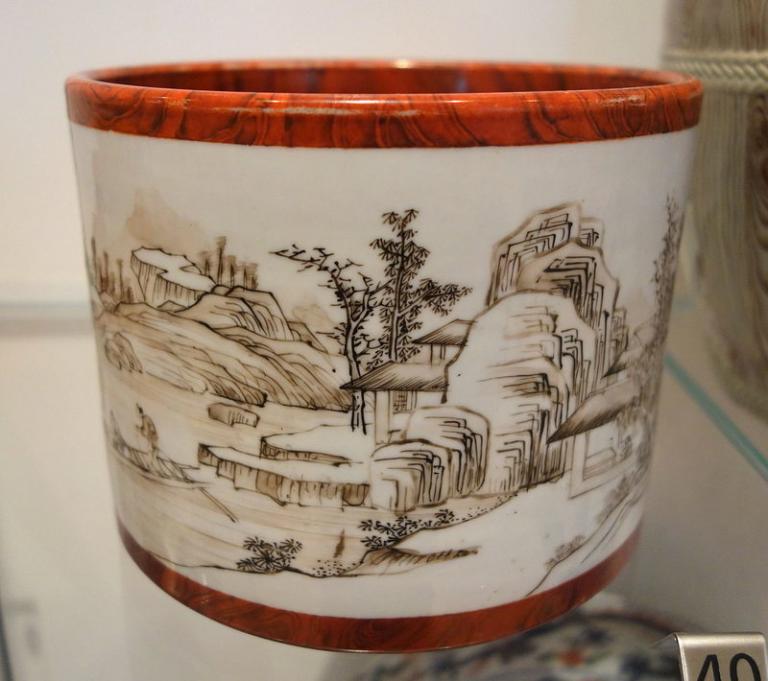Invention of Monks of Chinese pottery
2 min readThere is an interesting tale concerning the origin of zisha-ware: It is said that once upon a time, one day a weird looking monk came to the Dingshu village oi Yixing, and kept peddling,”Soil for wealth and nobility, soil for wealth and nobility, who wants to buy?”The villagers only looked at him strangely but no one rapped to him. Seeing this, the monk asked them,”If you don’t want to buy nobility, then what about wealth?”Then he led some knowledgeable seniors in the village into the Huanglong Mountain and Qinglong Mountain nearby, and suddenly disappeared.
There, the villagers saw a few newly exploited caves with clay of different colours. The news spread around, and many people came to the Dingshu village for the clay and used it to make zisha-ware.

Though the story is no more than a legend, it reflects the magic of zisha clay, and its origin might indeed have been concerned with monks, as another record of zisha teapot also tells about a monk.
According to the record, during the reign of Emperor Zhengde of the Ming dynasty, there was a nameless monk living in the Jinsha Temple in southwest of Yixing, who learnt pottery making froman elder potter. He carefully selected finesoil, made them into greenwares, and asked potters to fire them, which resulted in the first zisha teapots. Then,a clever boy servant named Gong Chun (1506-1566) came to the Jinsha Temple with his master Wu Yishan for study in the temple. The boy was impressed by the fine teapot craftsmanship of monks in the temple. He secretlytook some clay deposited at the bottom of the elutriation vat left over by monks, and made a few teapots imitating burl on the ginkgo tree near the temple. These primitive and lively teapots were praised by his master Wu Yishan, and were named after Gong Chun by later generations. While Gong Chun himself, through his assiduou efforts, finally became a master of making zisha teapots, and was respected as the founder of zisha teapot.
Many scholars believed in the story of the monk of Jinsha Temple, and judged that zisha ware took shape in the Ming dynasty, until 1976 when a dragon-kiln for firing zisha ware was excavated in Yixing. Linking this evidence with a verse by poet Mei Yaochen of the Northern Song dynasty,”new products of zisha clay spread the fragrance of early spring tea”, most scholars began to hold that zisha-ware first emerged in the Song dynasty, while the Ming dynasty witnessed its heyday.









